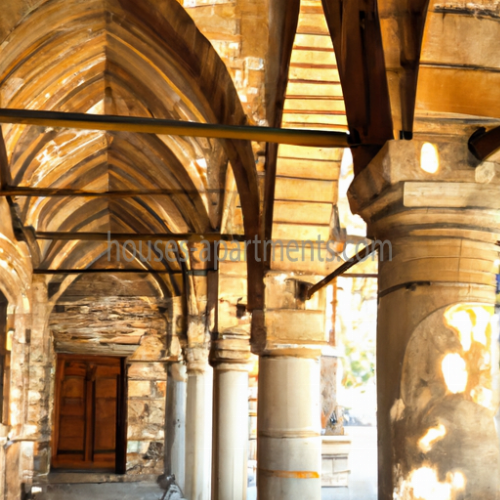Byzantine architecture differs from other styles of architecture in several ways:
1. Use of domes: Byzantine architecture is known for its use of domes, which were often layered one on top of the other to create a grand, soaring effect.
2. Mosaics: Byzantine buildings were often adorned with elaborate mosaics, featuring golden tiles and vibrant colors. These mosaics were used to depict scenes from religious texts, as well as decorative patterns.
3. Heavy use of marble: Byzantine buildings were often constructed from marble, which was imported from around the empire. This marble was often intricately carved and used to create ornate columns and arches.
4. Vaulted ceilings: Unlike other architectural styles, which often relied on flat ceilings, Byzantine buildings often featured vaulted ceilings that added height and a sense of grandeur to the space.
5. Emphasis on light: Byzantine architects were known for their skill in manipulating light, often using large windows and skylights to create a warm, radiant atmosphere within the building.
Overall, Byzantine architecture is marked by its grandeur, intricate detailing, and emphasis on light and space.
Publication date:

